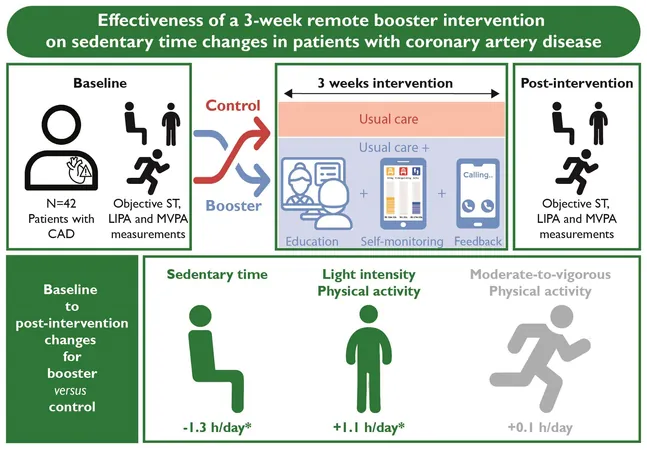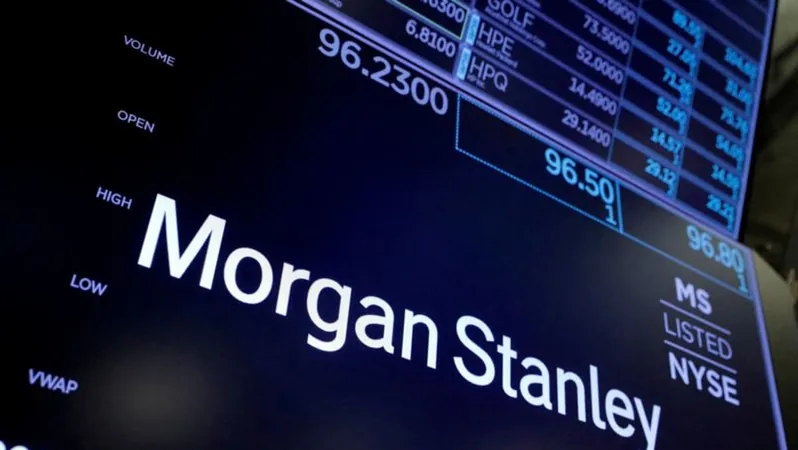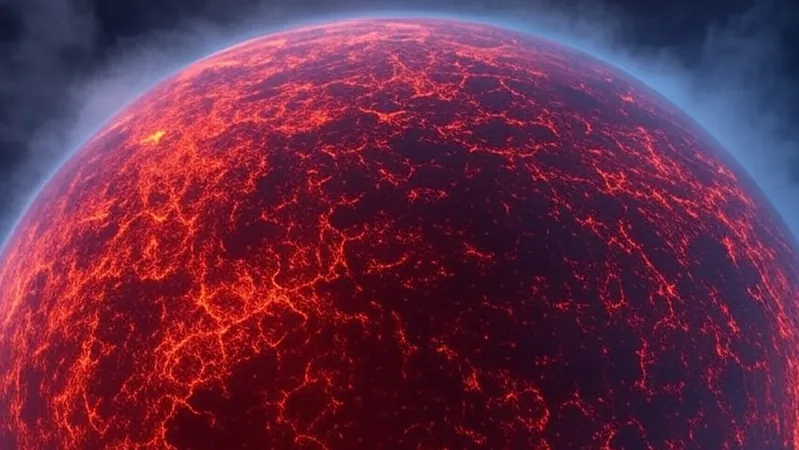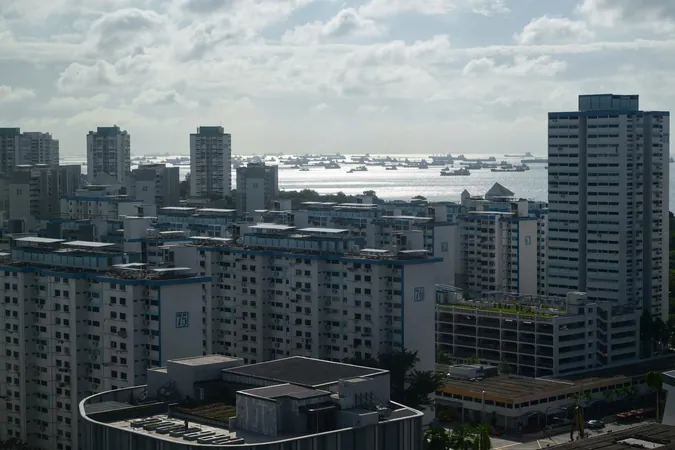
Could Turbulent Dust Flux Spell Trouble for Earth-like Planets? The Startling Discovery of Runaway Migration!
2025-03-31
Author: Wei
Introduction
Recent research has unveiled a shocking phenomenon: the dynamics of dusty environments in space could dictate the fate of Earth-like planets, leading to potential runaway migration. This groundbreaking study investigates how asymmetric dust structures can influence a planet's orbital behavior, potentially sending it spiraling away from its original position.
Study Focus
Scientists have focused on how dust structures, particularly those known as dust-void and filamentary formations, shape the orbital dynamics of low-mass planets nestled within a non-turbulent dust-gas disk. However, this new study incorporates the effects of turbulent dust diffusion and dust feedback, revealing that these factors dramatically alter the characteristics of dust structures, which in turn have implications for the migration patterns of Earth-like planets.
Research Methodology
Using advanced simulations with the Fargo3D code, researchers conducted both 2D and 3D multifluid hydrodynamic modeling. They examined a scenario involving a stationary planet with a mass of 1.5 times that of Earth in the 2D models, while also studying migrating planets with masses ranging from 1.5 to 12 times that of Earth in the comprehensive 3D models. By adjusting the dimensionless diffusivity parameter within a specific range, researchers were able to observe striking changes in the behavior of dust structures.
Key Findings
The findings revealed that when the dust diffusivity exceeds a certain threshold (denoted as δ > 3×10^-4), the formation of dense dust-void and filamentary structures is hindered. Conversely, in scenarios with lower diffusivity, these influential dust configurations endure, impacting the torques that govern planetary movements.
3D Simulation Insights
In 3D simulations, it was found that dust-void structures became drastically different, with notable changes such as the disappearance of high-density barriers due to turbulent diffusion effects. Notably, the study highlighted a clear relationship between evolving dust-void structures and the migratory behaviors of the planets. As the planets migrate, these dust configurations could potentially lead to either runaway migration or oscillatory migration patterns, where planets could oscillate inward and outward around their stars.
Conclusions
This novel research raises essential questions about the stability of Earth-like planets in the cosmos. Could our planet be at risk of experiencing similar runaway migration? With the potential for such dynamic forces in dusty disks, the future of Earth-like worlds may be more unpredictable than previously thought.
Future Research
As planetary scientists continue to investigate these complex dynamics, we may be on the brink of revolutionary discoveries about our universe and the delicate balance that governs planetary orbits. The implications of such findings are profound and could reshape our understanding of planet formation and migration in cosmic environments. Stay tuned for more updates on this captivating journey through the cosmos!





 Brasil (PT)
Brasil (PT)
 Canada (EN)
Canada (EN)
 Chile (ES)
Chile (ES)
 Česko (CS)
Česko (CS)
 대한민국 (KO)
대한민국 (KO)
 España (ES)
España (ES)
 France (FR)
France (FR)
 Hong Kong (EN)
Hong Kong (EN)
 Italia (IT)
Italia (IT)
 日本 (JA)
日本 (JA)
 Magyarország (HU)
Magyarország (HU)
 Norge (NO)
Norge (NO)
 Polska (PL)
Polska (PL)
 Schweiz (DE)
Schweiz (DE)
 Singapore (EN)
Singapore (EN)
 Sverige (SV)
Sverige (SV)
 Suomi (FI)
Suomi (FI)
 Türkiye (TR)
Türkiye (TR)
 الإمارات العربية المتحدة (AR)
الإمارات العربية المتحدة (AR)